Top sites for nature
Land yourself among Britain's best nature spots.
Discover Britain's wildlifeFrom the striking blue jay to the imposing raven, the crow family has always made an impression. David Chapman takes a look at the varieties we can observe in this country
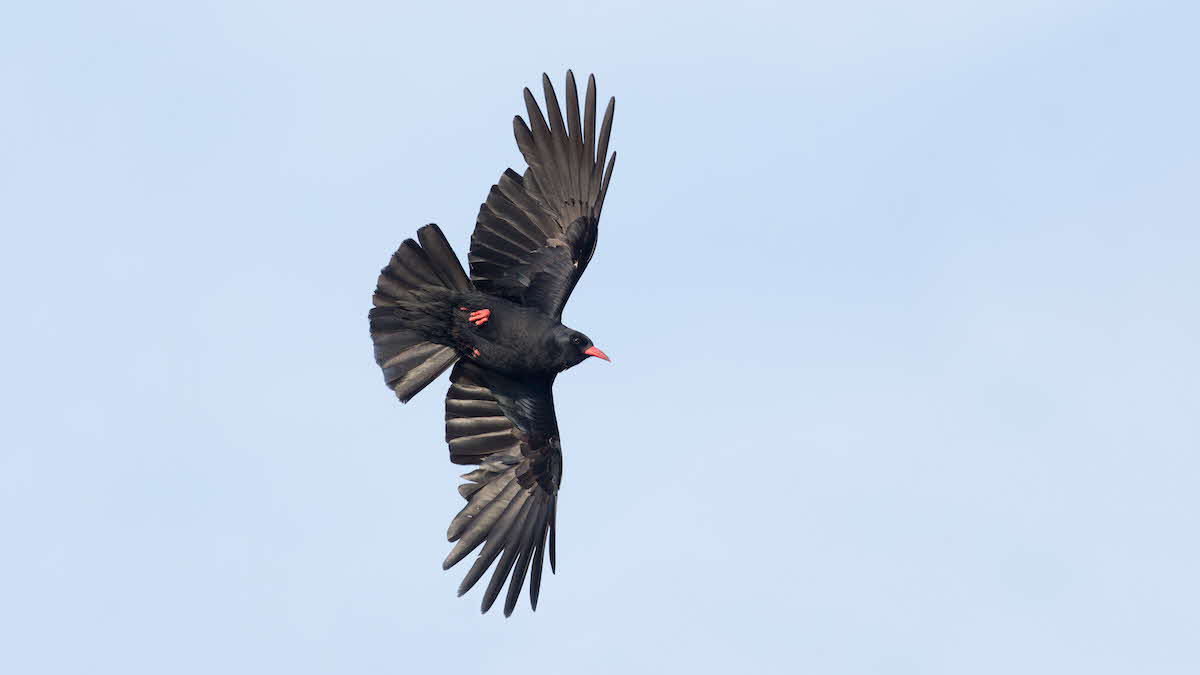 A chough in flight; note the splayed wing tips
A chough in flight; note the splayed wing tips
Crows are confident, cocky and seared into our psyche, the subject of more myths and fables than any other family of birds. While we tend to disapprove of their behaviour, the crow family – which includes magpies, jays, jackdaws and choughs as well as ravens and rooks – can never be described as uninteresting.
Many crows, most notably ravens, feed on carrion. Today we might find this distasteful, but thousands of years ago our Norse ancestors revered them for that very behaviour, as they would eat the flesh of dead warriors before burial. They believed that ravens were messengers from their god, Odin, and in areas of the British Isles where Norse influence was strong, such as in Orkney and Caithness, the raven was adopted as an emblem.
The jay and magpie are notorious for stealing eggs from the nests of other birds, though it is the magpie that takes most of the blame, probably because its pied plumage is associated with evil and bad fortune. It is said that the magpie carries some of the Devil’s blood and was the only bird not to go onto the ark with Noah. Magpies are known as the ‘thieves’ of the bird world; from Rossini’s opera, The Thieving Magpie, to our use of magpies on posters warning about thieves operating in certain areas, this reputation is fostered to this day.
The crows is usually associated with bad luck and its name is often linked with negativity: ‘to crow’ means to boast when victorious and ‘crow’s feet’ refer to the lines found around our eyes as we age.
Further evidence of our negativity towards crows can be found in their collective nouns: a murder of crows; a mischief of magpies; a band of jays; a clattering of jackdaws; and an unkindness of ravens. The only crow with a flattering collective noun is the chough, which collects in ‘chatters’.
While it is interesting to learn about such folklore, it is important to respect crows for what they are: intelligent, adaptable and sociable. Here I offer a brief look at the eight crow species found in this country.
Raven (Corvus corax)
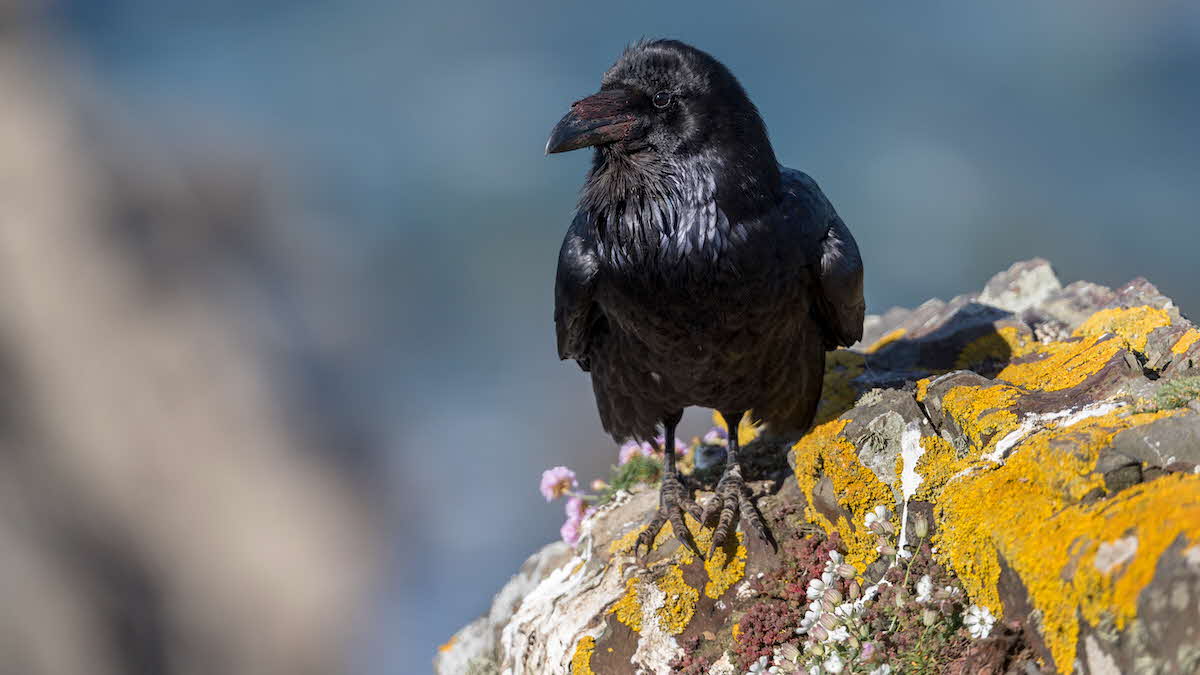 The raven has a large bill
The raven has a large bill
The largest representative of the crow family in our country, the raven is known for its wide range of distinctive, guttural croaking calls. When in flight, the raven’s long, thick neck and wedge-shaped tail are clear, while it might be possible to see its huge bill when it is at rest. Once common only in the north and west of the UK, it is now found across the whole country.
In Cornish folklore King Arthur was believed to have been reincarnated as a raven, and to harm a raven would bring bad luck.
Carrion crow (Corvus corone)
Like the raven, the carrion crow is black all over, but it is much smaller – about the same size as a rook. Unlike the rook, though, carrion crows are usually seen singly or in small groups (if you see a big flock of crows they are likely to be rooks!).
It is likely that the saying ‘stone the crows’ originated in Australia, where large flocks would be stoned to scare them away from farm stock.
Hooded crow (Corvus cornix)
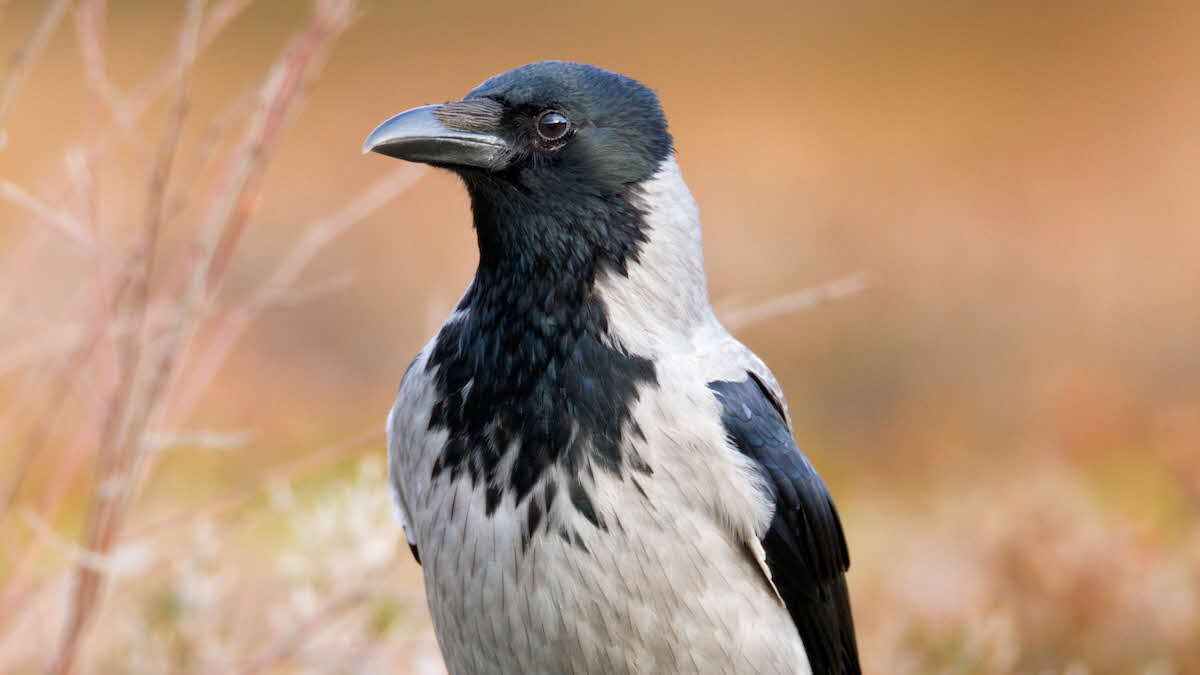 Hooded crows are found in the north and west of Scotland
Hooded crows are found in the north and west of Scotland
The hooded crow only came to be regarded as a separate species from the carrion crow in 2002. The two are similar in size and can interbreed, but their plumage is quite different. Named after their black hood (plus wings and tail) on a grey body, hooded crows are found in the north and west of Scotland.
Rook (Corvus frugilegus)
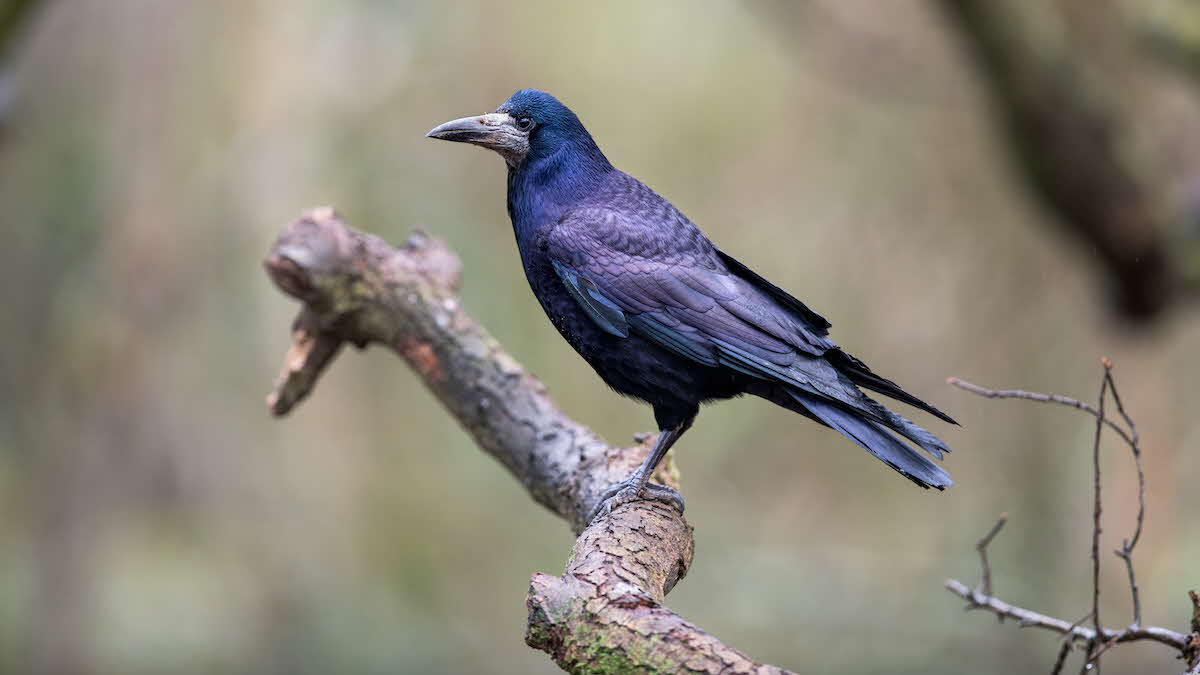 The rook has an oily black plumage
The rook has an oily black plumage
Originally being referred to as the ‘hroc’, the rook’s name is derived from its call. It has an oily-black plumage, a pointed beak and quite baggy, untidy feathers around its flanks. Its most distinctive feature is the bald, white patch around the base of the bill. It can be seen probing muddy ground for leatherjackets and the grubs of beetles such as cockchafers (which have become known as ‘rookworms’).
The saying ‘as the crow flies’ is likely to refer to the rook, which has a very direct flight. Rooks breed in large colonies known as ‘rookeries’ – these are deemed to bring good fortune, but some say it’s bad luck if the birds leave. An old wives’ tale is that if rooks build their nests high in the trees we will have good weather, but if they build low down then it will be wet and cold.
Magpie (Pica pica)
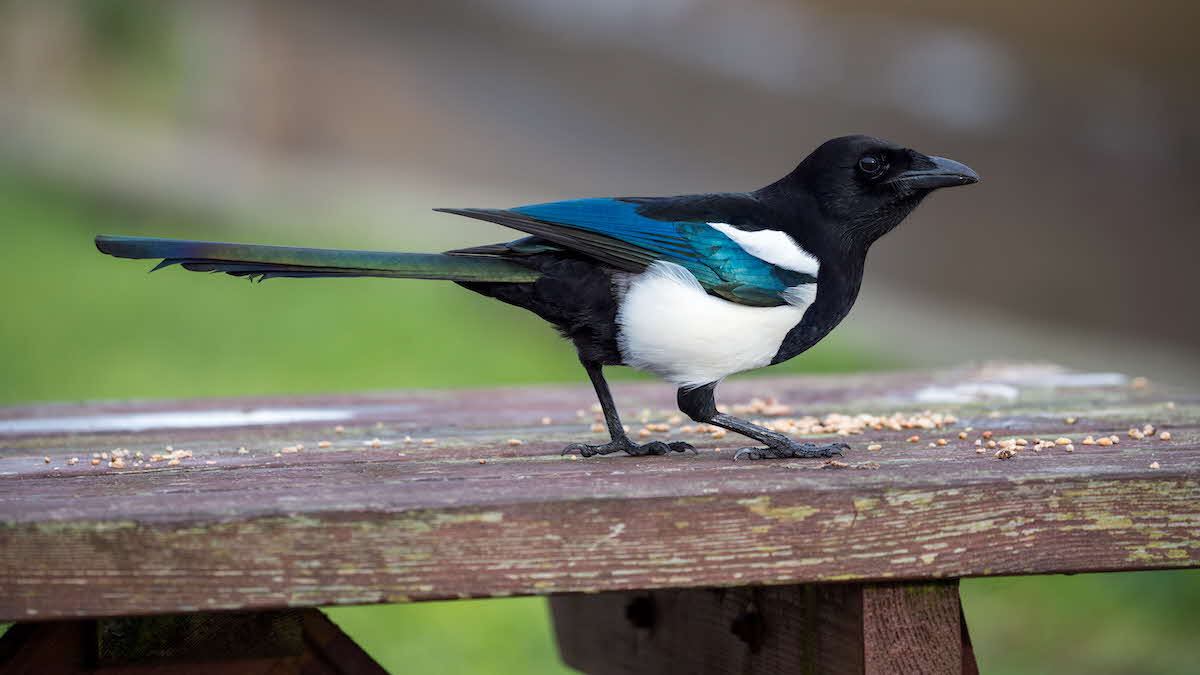 A single magpie is often associated with bad luck
A single magpie is often associated with bad luck
The magpie is an unmistakable bird with iridescent, pied plumage and a very long tail. Magpie-related superstition and folklore abound, but the best known comes in the form of a rhyme:
One for sorrow, two for joy,
Three for a girl, four for a boy,
Five for silver, six for gold,
Seven for a secret never to be told.
This poem has many variations and extensions, but all begin with ‘one for sorrow’. Encountering a single magpie is regarded as unlucky, but people have always believed there are ways to thwart this bad luck. I was taught to salute a single magpie to show respect, while my wife blinks, pretending to see two magpies. Other entertaining remedies include pinching your companion three times; saying “Hello Mr Magpie, how is your wife?” or revolving three times on the spot.
Jay (Garrulus glandarius)
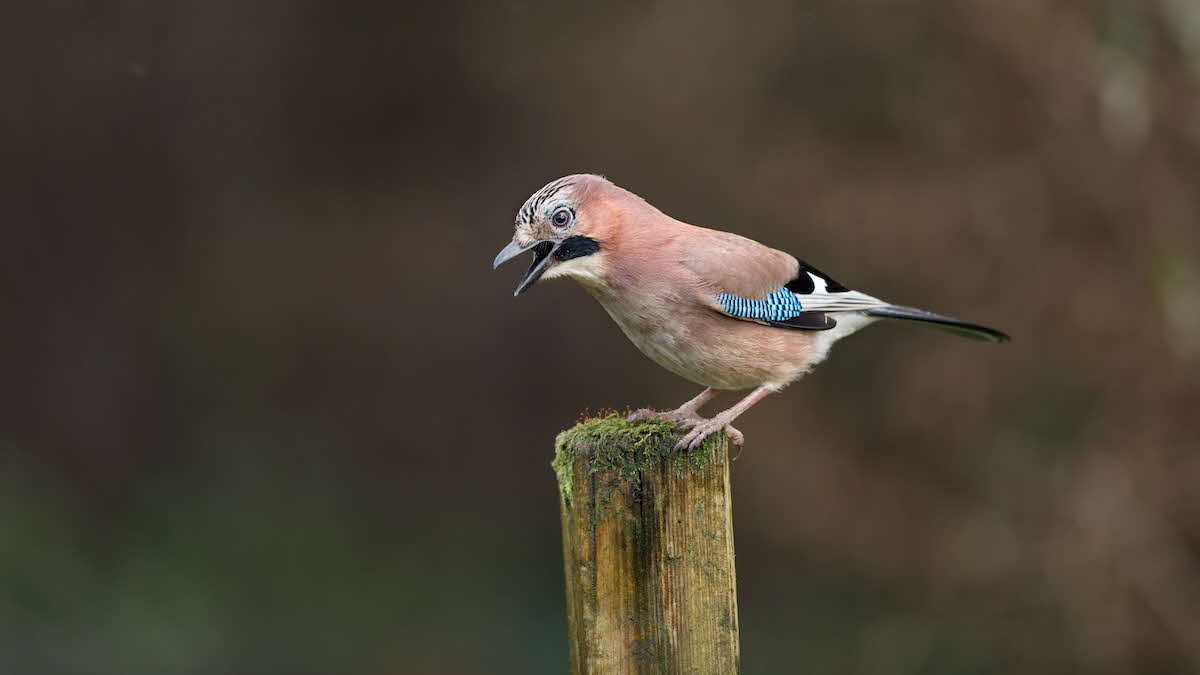 The jay is considered the prettiest member of the crow family
The jay is considered the prettiest member of the crow family
The jay’s plumage makes it one of our most striking birds. It is easily identified by its dusky pink body, black moustache and white rump, and striking flash of blue on its wings. Its loud screeching call has earned it a variety of local names, including ‘devil scritch’.
Jackdaw (Corvus monedula)
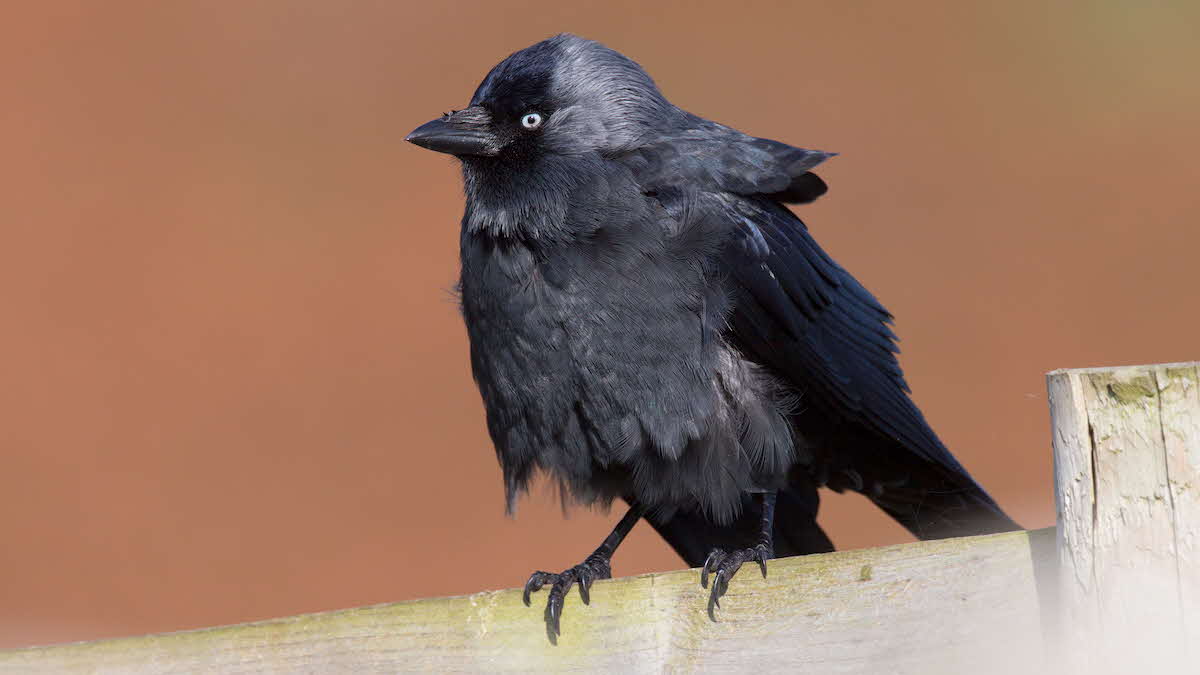 The jackdaw has a pale iris and black face
The jackdaw has a pale iris and black face
Smaller than the carrion crow, this is another predominantly black bird, but look closely and you will see it has a grey head, contrasting with its black face. Young jackdaws have the most beautiful eyes, their black pupils juxtaposing blue irises which fade to white as the bird ages.
Chough (Pyrrhocorax pyrrhocorax)
Words ending in ‘ough’ can be pronounced in many ways (consider cough, bough, though and tough). This bird’s name is now pronounced ‘chuff’, though it would once have been pronounced ‘chow’, alluding to the bird’s call. Choughs can be recognised by their beautiful red legs and beak, and glossy black plumage.
The chough is similar in size to the jackdaw and breeds around the coast of Wales, Cornwall, western Scotland and Ireland. It has recently been reintroduced to Kent and further reintroductions are planned.

Every month I will show you a photo of something from the natural world. It might be a close-up, or a subject which is difficult to identify. All you have to do is figure out what it is! Here is this month’s photo; no clues or prizes – it’s just for fun. I will give you the answer next month, but if you can’t wait, see the Digital Magazine.
The subject of November’s mystery photo was: a male brambling.